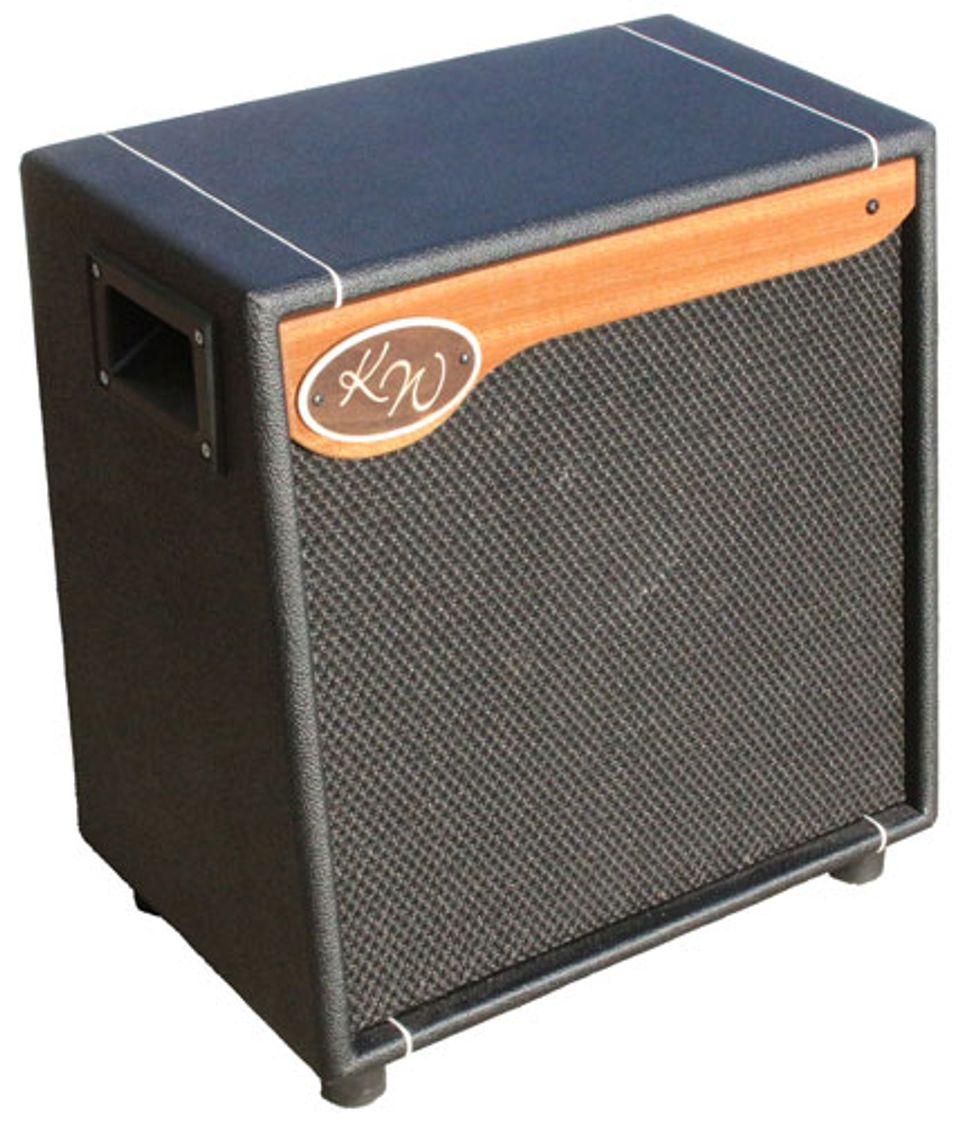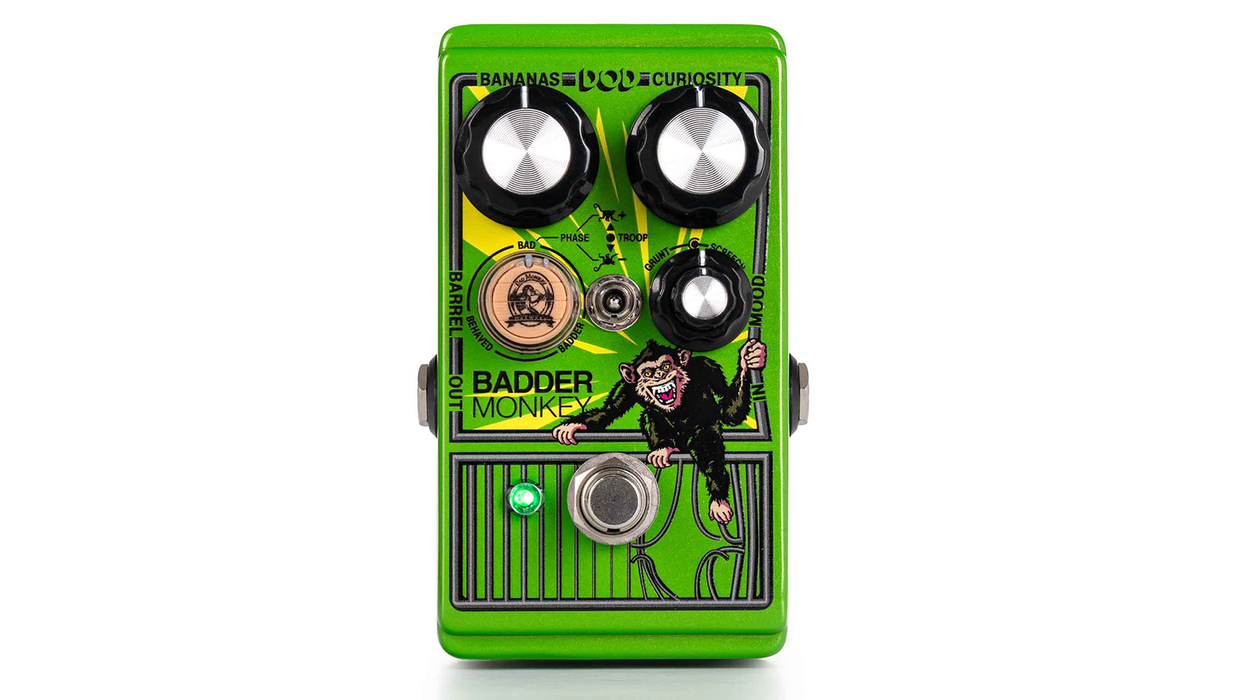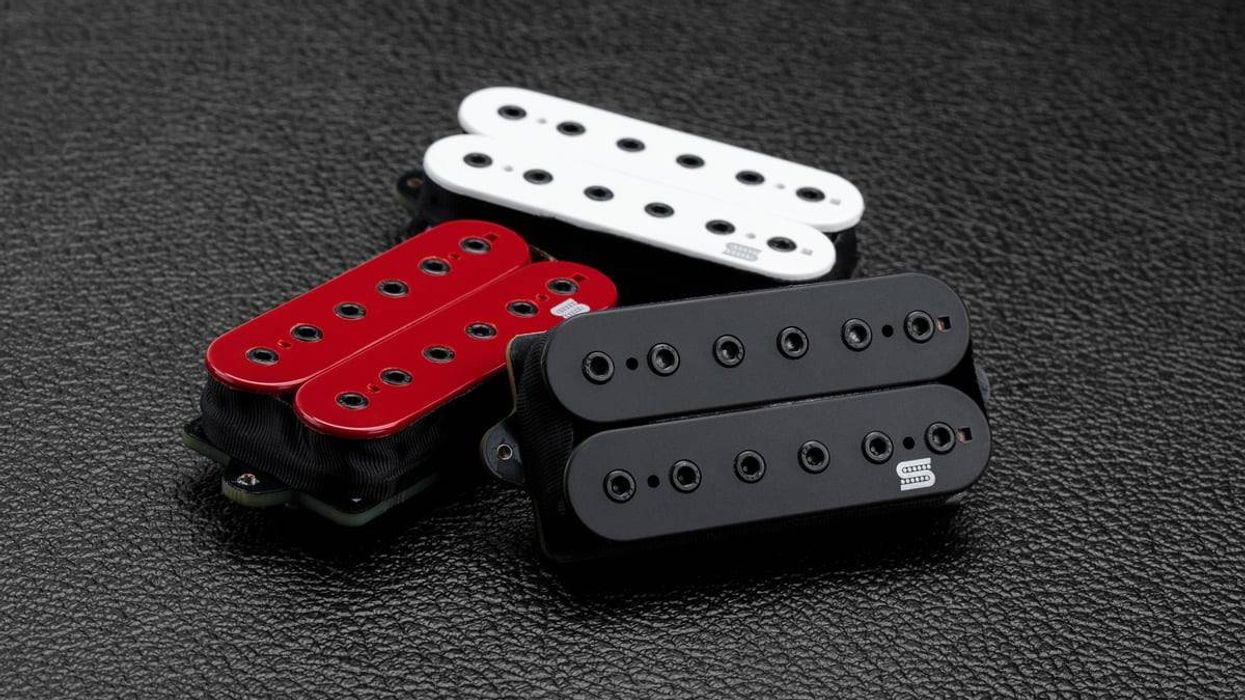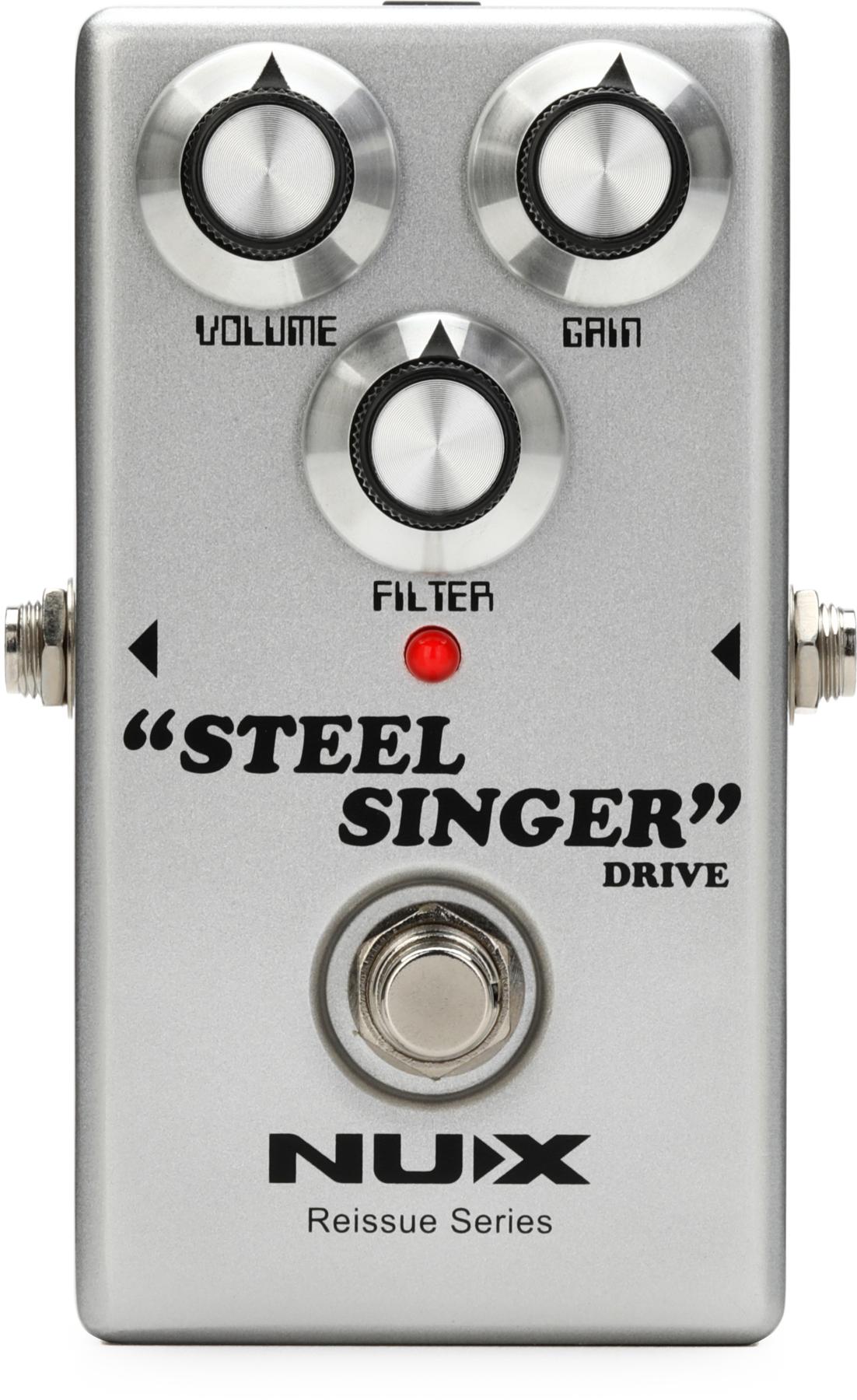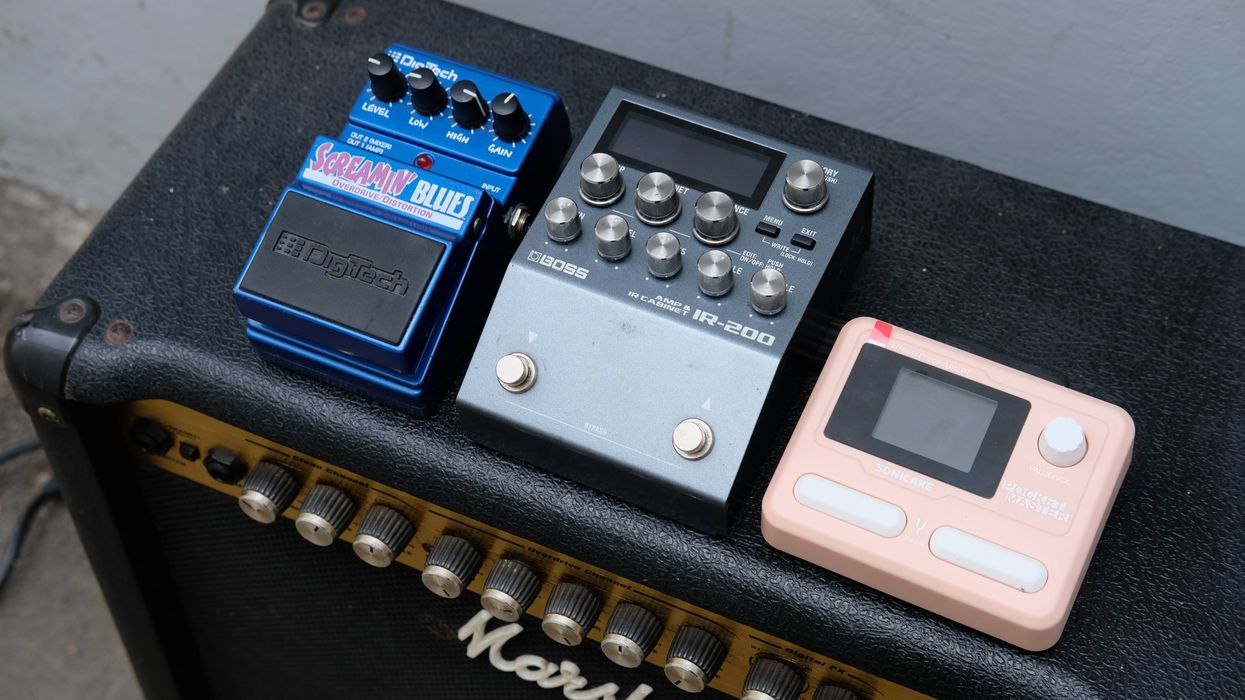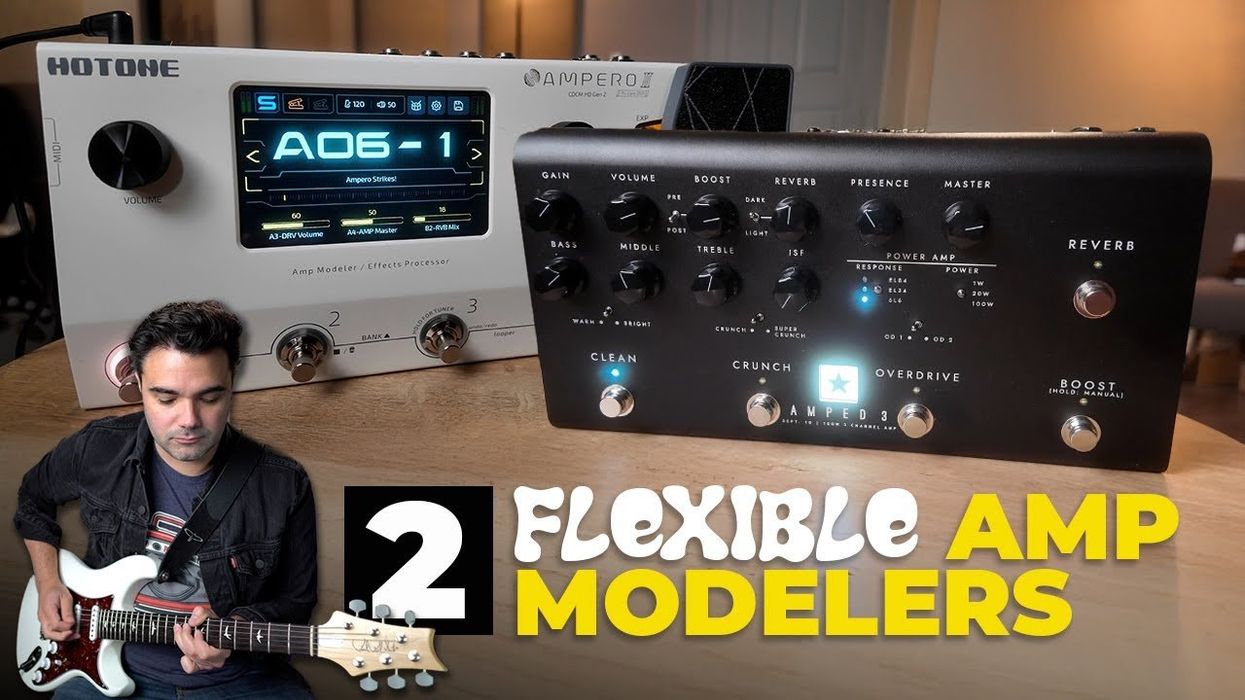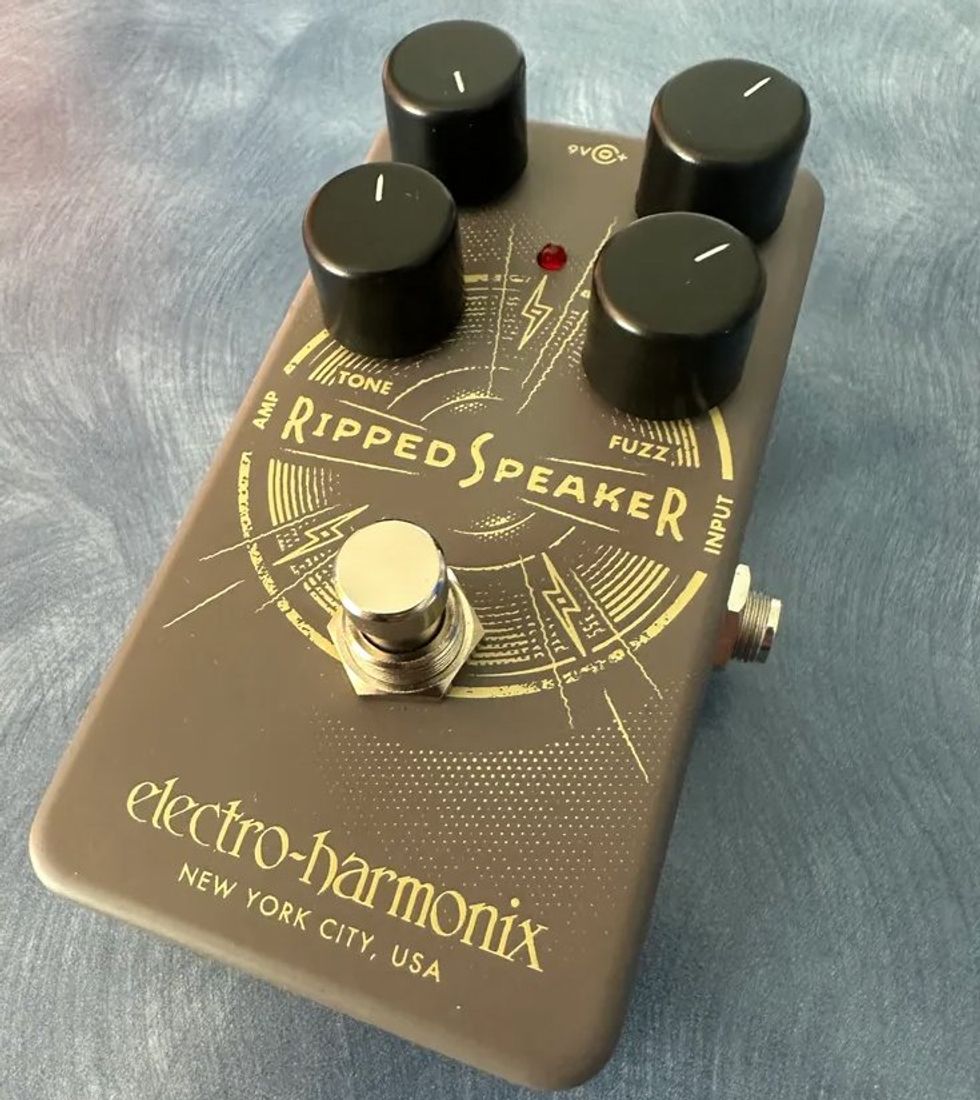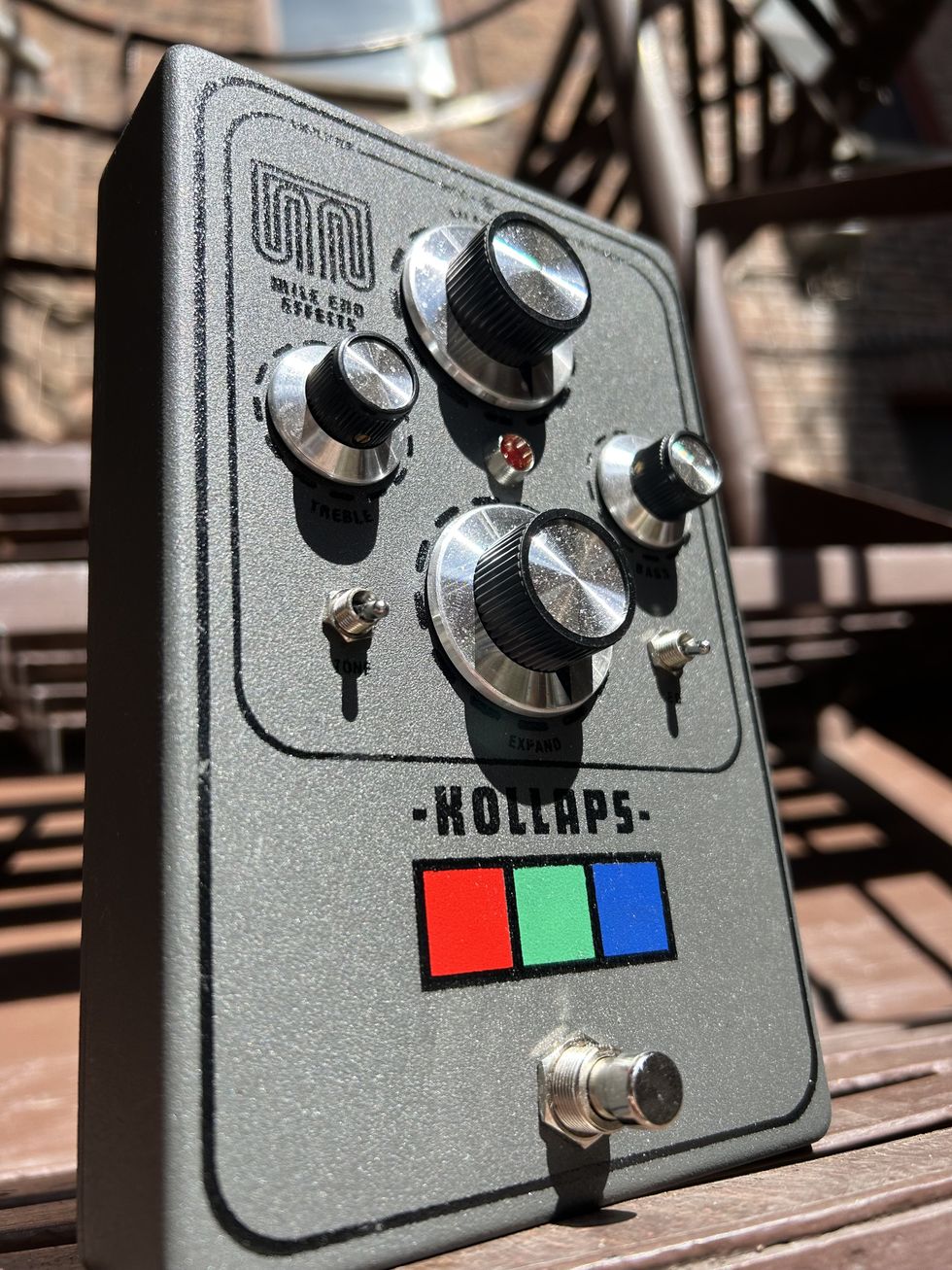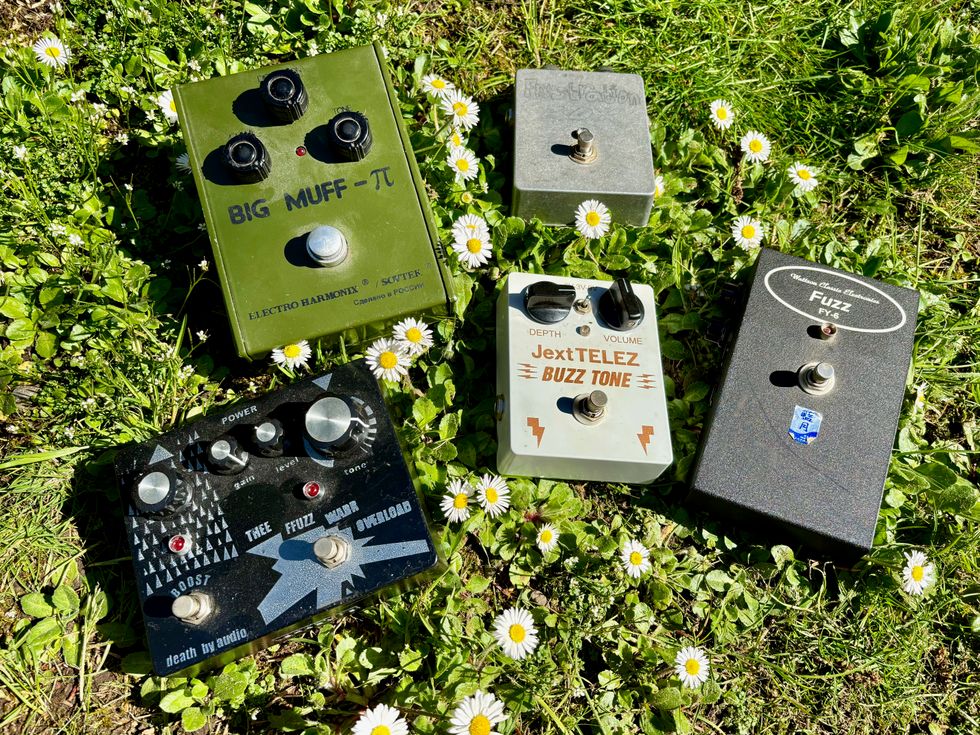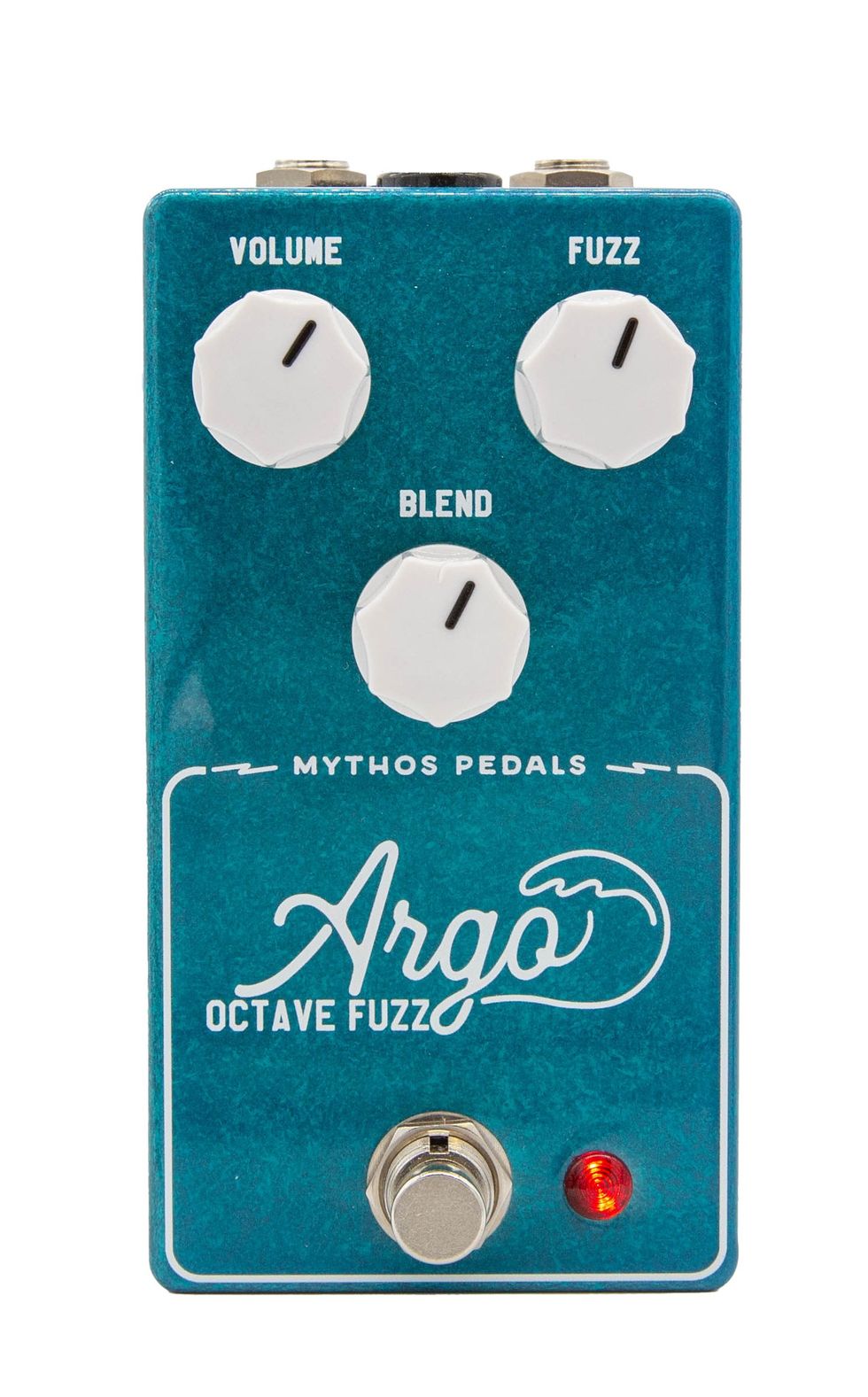Throggs Neck, NY (March 21, 2016) -- KW Cabs is pleased to announce the new Super 8 Bass Cabinet as the latest addition to their extensive line of boutique guitar and bass speaker cabinets. The Super 8 is a powerful but small 2x8” speaker cabinet aimed at the gigging player with limited stage space available or perfect for the small home/recording studio setup.
The Super 8 is a completely new design from KW Cabs featuring premium drivers and a unique configuration and shape that can handle large power with a small footprint. It is also an incredible stylish and elegant cabinet that is crafted from tour worthy materials and offers a beautiful tone wood fascia that is synonymous with KW.
Features:
- Exclusive multi-dimensional ported configuration for tremendous response
- Frequency filtered downward firing sub for omni-directional bass spread
- Two premium 8” Ciare brand ferrite drivers
- 600-watt RMS power handling
- Compact angle front design for great player imaging
- Tour proven ¾” plywood body with select hardwood fascia & dovetail construction
- Tolex covering available in a variety of colors for durability with piping stripes
- Rugged weave grill, high quality hardware, and premium wiring
- Compact Footprint 18”w x 18”(19.5 w/feet) h x 10-12” d
All KW Cabs are built by hand in Throggs Neck, NY. Retail Price for the Super 8 is $899.
For more information:
KW Cabs
